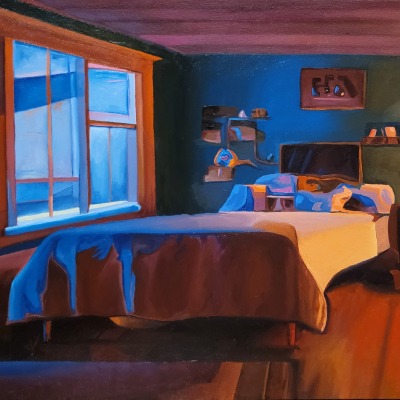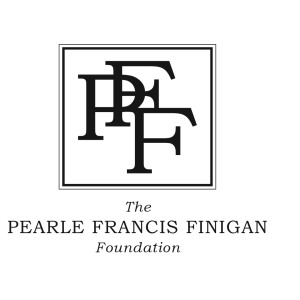A Floating World
A Floating World
An Exhibition of Ukiyo-e Prints
Ukiyo-e woodcut prints were created for more than three hundred years in Japan. Their popularity with the masses began in the late 18th century and then became a widely distributed form of entertainment for common people in Edo (present-day Tokyo) during the 19th century. The word “ukiyo” originally was an ancient Buddhist term signifying “this world of sorrow and grief.” Later the word’s secular meaning became prevalent when Edo began to experience development and stability. The word ukiyo changed to denote modern, enjoyable and erotic, a hedonistic lifestyle—“a floating world” of impermanent pleasure. The ‘e’ added to ukiyo indicates a picture of the floating world.
The goal for ukiyo-e prints was to depict the present moment (this fleeting world) rather than the past or future. Ukiyo-e artists chose subjects in social life and topics interesting to the Japanese common people. Entertainments in the Edo period were portrayed in prints of bijin-ga (prints of beautiful women) and yakusha-e (prints of kabuki actors) which served like present-day fashion magazines, posters and photographs of actors. Ukiyo-e prints were widely circulated in Japan as an advertising medium that delivered the latest information of the time.
Old ukiyo-e prints were used in the late 1800s to wrap fragile exports to Europe where the prints were noticed and became popular with modernist artists. The images’ flattened blocks of color; the lack of depth; the strong lines; the asymmetrical composition; the perspective from unusual angles; and the cropping of subjects or elements; plus the sense of spontaneous composition were exciting and inspiring to a new artistic group, the impressionists.
Thousands of color ukiyo-e woodcuts were made in Japan during their time of popularity. After their arrival in the west the unique quality of the images spurred their collecting in Europe and then the United States. Today they are in private and public collections the world over. These eighteen prints are a sampling from the fifty-one Japanese woodcuts in the Gladys M. Lux print collection.
A Floating World may be seen in the LUX Center upstairs in the Historical Print Gallery from September 8, 2016 through January 3, 2017.
Curated by Susan Soriente, Curator of the Gladys M. Lux Print and Historical Collections












































